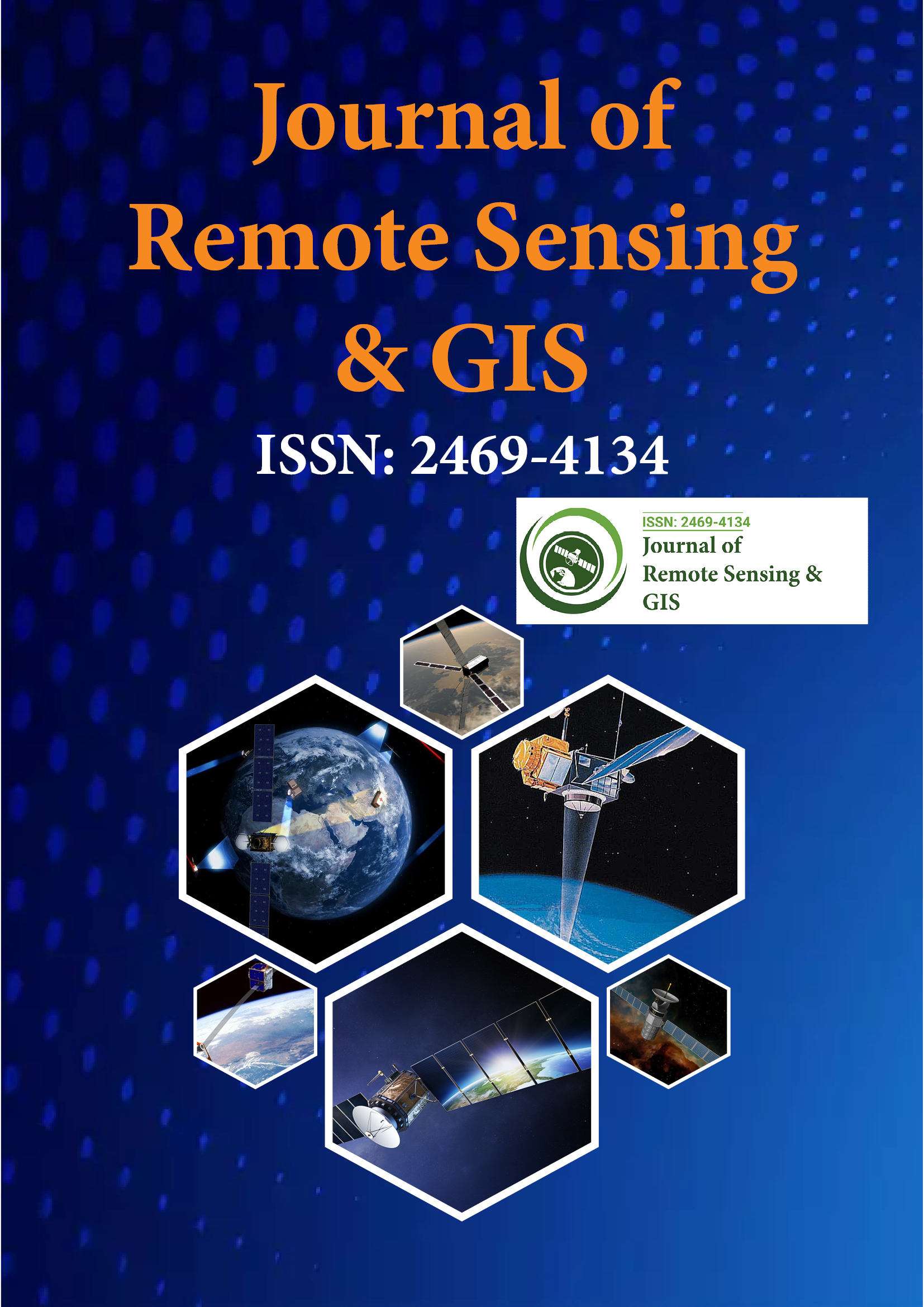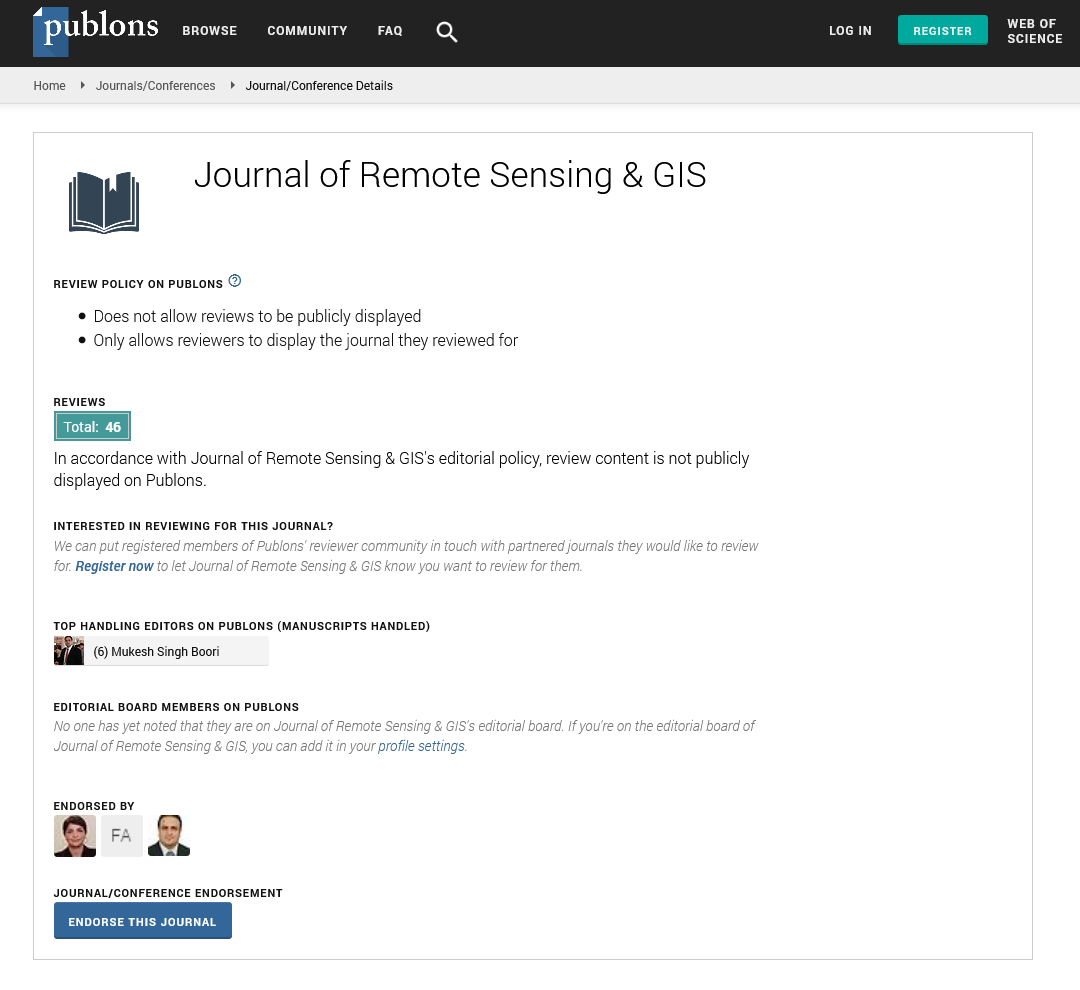Indexed In
- Open J Gate
- RefSeek
- Hamdard University
- EBSCO A-Z
- OCLC- WorldCat
- Publons
- International Scientific Indexing
- Euro Pub
- Google Scholar
Useful Links
Share This Page
Journal Flyer

Open Access Journals
- Agri and Aquaculture
- Biochemistry
- Bioinformatics & Systems Biology
- Business & Management
- Chemistry
- Clinical Sciences
- Engineering
- Food & Nutrition
- General Science
- Genetics & Molecular Biology
- Immunology & Microbiology
- Medical Sciences
- Neuroscience & Psychology
- Nursing & Health Care
- Pharmaceutical Sciences
Abstract
Spatio-Temporal Analysis of Cox?s Bazar from 1990 to 2020: Exploring the Relationship between LST, NDVI, NDBI and LULC
Bangladesh, a densely populated developing nation, faces significant environmental challenges exacerbated by rapid population growth and economic development. This study focuses on Cox's Bazar district, characterized by its evolving land use patterns and susceptibility to the Urban Heat Island (UHI) effect. Using Geographic Information Science (GIS) and Remote Sensing (RS) techniques, we assess the dynamics of Land Use and Land Cover (LULC), Land Surface Temperature (LST), Normalized Difference Vegetation Index (NDVI), and Normalized Difference Builtup Index (NDBI) from 1990 to 2020. Our analysis reveals substantial shifts in LULC, with implications for environmental degradation and sustainable management. We observe a decline in forest acreage, emphasizing the urgent need for conservation efforts. Furthermore, our investigation into LST, NDVI, and NDBI highlights the impacts of urbanization and impervious surface expansion on temperature regulation and vegetation health. These findings underscore the importance of understanding and mitigating the UHI effect through informed land use planning and environmental management strategies. Through our comprehensive analysis, we contribute to the knowledge base on environmental change dynamics in Cox's Bazar district and provide insights for sustainable development initiatives in similar regions globally.
Data availability statement: The data used in this study, including Geographic Information Science (GIS) and Remote Sensing (RS) datasets, are available upon request from the corresponding author. Researchers interested in accessing the data are encouraged to contact the corresponding author for further information and assistance.
Published Date: 2025-05-23; Received Date: 2024-06-25

